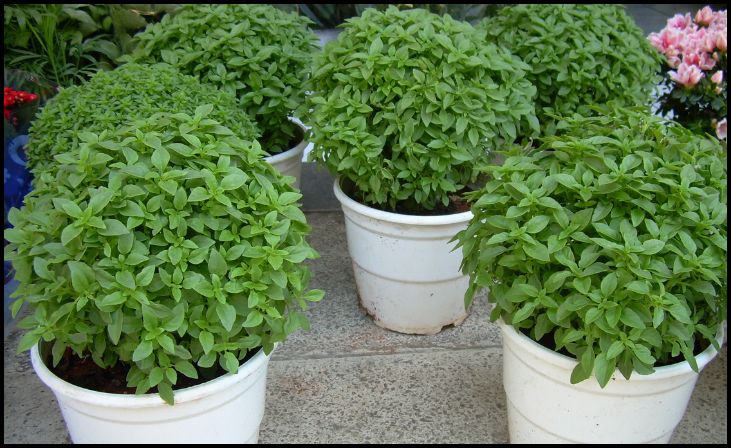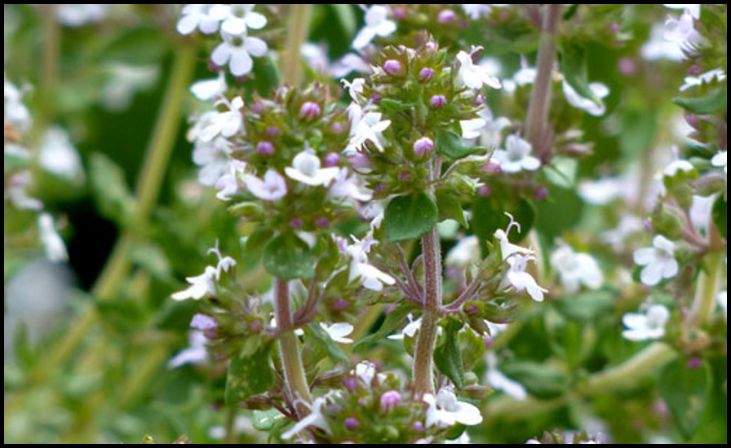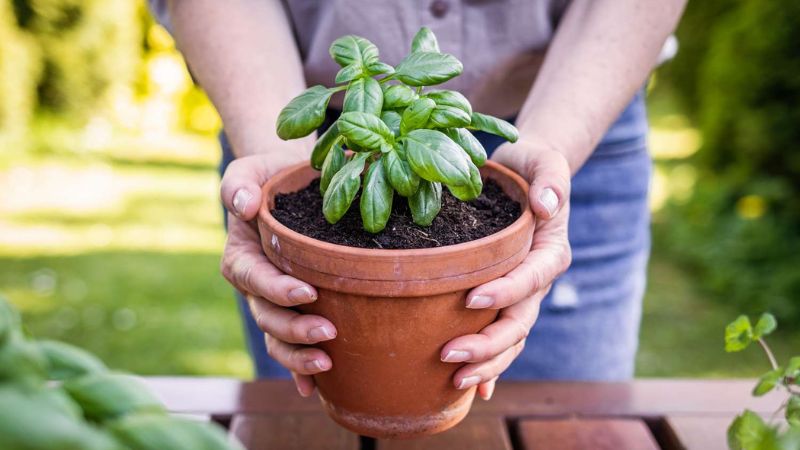Gardening is not only a therapeutic hobby but also a rewarding one, especially when you can harvest fresh herbs straight from your backyard. Whether you’re a seasoned gardener or a novice, growing herbs is an excellent way to add flavor to your meals, create natural remedies, and even attract beneficial insects to your garden. If you’re looking to start your herb garden but don’t know where to begin, fear not! Here are eight easy-to-grow herbs that will thrive in your garden with minimal effort.
1. Basil (Ocimum basilicum)

Basil is a versatile herb that comes in many varieties, from sweet basil to Thai basil. It’s a staple in many cuisines, adding a fragrant, slightly sweet flavor to dishes. Basil thrives in warm, sunny conditions and well-drained soil. Plant it in pots or directly in the ground after the last frost date, and remember to pinch off the flowers to encourage bushier growth and prolong the harvest.
2. Mint (Mentha spp.)
Mint is known for its refreshing aroma and taste, making it perfect for teas, cocktails, and desserts. There are several types of mint, including peppermint, spearmint, and chocolate mint, each with its distinct flavor profile. Mint is incredibly hardy and can spread rapidly, so it’s best to grow it in containers to prevent it from taking over your garden. Keep the soil consistently moist and provide partial shade to prevent the leaves from becoming bitter.
3. Chives (Allium schoenoprasum)
Chives are a member of the onion family and have a mild, onion-like flavor that complements a wide range of dishes. They produce delicate purple flowers in the spring, making them not only a culinary delight but also an attractive addition to your garden. Chives are incredibly easy to grow and can thrive in both containers and garden beds. Plant them in well-drained soil and place them in a sunny spot for optimal growth.
4. Parsley (Petroselinum crispum)
Parsley is a versatile herb commonly used as a garnish or flavoring agent in various cuisines. There are two main types of parsley: curly parsley, which is often used as a garnish, and flat-leaf parsley, which has a more robust flavor and is preferred for cooking. Parsley prefers rich, moist soil and partial shade, although it can tolerate full sun in cooler climates. Plant parsley seeds directly in the garden and keep the soil consistently moist until germination occurs.
5. Thyme (Thymus vulgaris)

Thyme is a low-growing herb with tiny leaves and a strong, earthy flavor that pairs well with meats, stews, and roasted vegetables. It’s also a favorite of bees and other pollinators, making it a valuable addition to any garden. Thyme thrives in well-drained soil and full sun, although it can tolerate partial shade in hotter climates. Plant thyme in containers or garden beds, and avoid overwatering to prevent root rot.
6. Rosemary (Rosmarinus officinalis)
Rosemary is a woody herb with aromatic, needle-like leaves and a pungent flavor that enhances savory dishes like roasted meats and potatoes. It’s also known for its medicinal properties, including improved digestion and memory enhancement. Rosemary prefers sandy, well-drained soil and full sun, making it an excellent candidate for xeriscaping. Plant rosemary in containers or garden beds, and allow the soil to dry out between waterings to prevent root rot.
7. Oregano (Origanum vulgare)
Oregano is a robust herb with a bold, peppery flavor that adds depth to Italian, Greek, and Mexican dishes. It’s easy to grow and can quickly take over a garden bed if left unchecked, so it’s best to contain it in pots or planters. Oregano thrives in well-drained soil and full sun, although it can tolerate partial shade in hotter climates. Plant oregano in containers or garden beds, and prune regularly to encourage bushier growth and prevent it from becoming leggy.
8. Sage (Salvia officinalis)

Sage is a hardy herb with silvery-green leaves and a savory, slightly bitter flavor that pairs well with poultry, pork, and sausage. It’s also prized for its medicinal properties, including soothing sore throats and aiding digestion. Sage prefers well-drained soil and full sun, although it can tolerate partial shade in hotter climates. Plant sage in containers or garden beds, and avoid overwatering to prevent root rot.
Conclusion
Growing your own herbs is a rewarding endeavor that not only provides you with a fresh and flavorful supply but also connects you to the natural world. With these eight easy-to-grow herbs, you can start your herb garden with confidence, knowing that you’ll have a bountiful harvest with minimal effort. So roll up your sleeves, dig in the dirt, and watch your garden thrive with these aromatic and delicious herbs!



